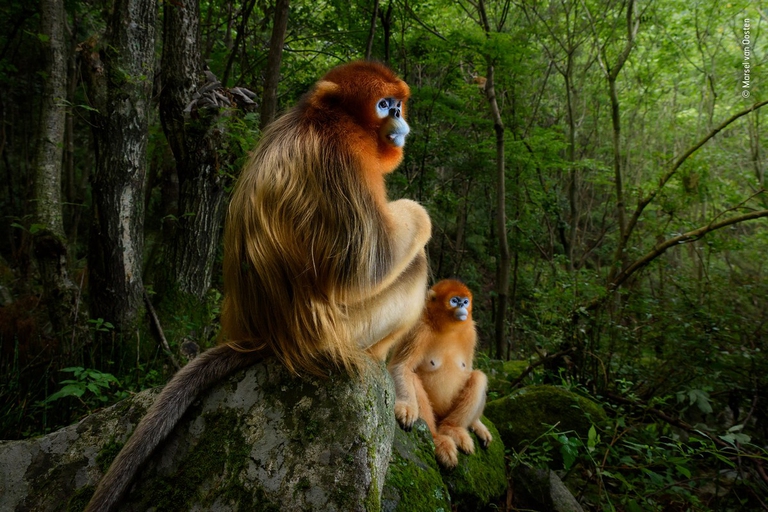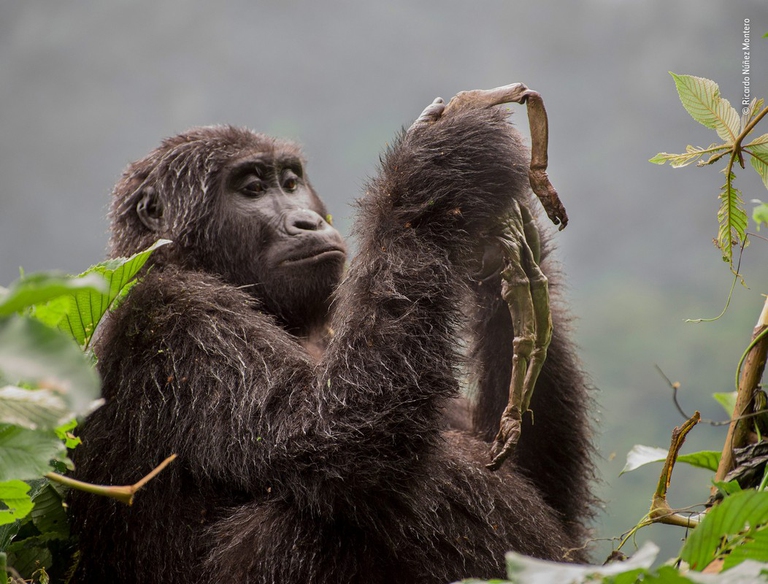
South African court dismisses a major lawsuit by 140,000 Zambian women and children against Anglo American for Kabwe lead poisoning. A setback for affected communities enduring the lasting impact of lead contamination.
A couple of endangered primates won the Wildlife Photographer of the Year 2018, a glowing reminder of what we could lose if we don’t protect the natural world. The story behind this and all winning photos.
Inspiring curiosity and wonder, showcasing the best wildlife photography, and making us reconsider our place in the natural world. This is the aim of the Wildlife Photographer of the Year, one of the most prestigious photo contests in the world that is back for the 54th edition. The simplicity and artistic power of the winning photographs unveil glimpses of the natural world, from the most pristine environments home to species’ innate behaviours to others that have been affected by the presence of humanity, to which wildlife had to adapt.
The winning photo of this year’s edition depicts a couple of golden snub-nosed monkeys, an endangered species of primates endemic to China, in the temperate forest of the Qin Mountains, the only habitat where this beautiful animal lives. “This image is in one sense traditional – a portrait. But what a striking one, and what magical animals. It is a symbolic reminder of the beauty of nature and how impoverished we are becoming as nature is diminished. It is an artwork worthy of hanging in any gallery in the world”. This is how the jury commented the victory of Dutch photographer Marsel van Oosten who managed to capture the fragile beauty of the creatures we share our Planet with and that should encourage us to protect them.
Nature should be protected as a whole, with its more magnificent sides as well as the aspects that may seem cruel to human eyes, but that are simply natural in the end. This is how the winners of this edition make us dive into such behaviours, from a mourning mother mountain gorilla who holds her lifeless baby that didn’t make it for the cold temperatures, or to the Galapagos Islands, where finches become “vampires” in times of food shortages, stealing blood from boobies, a bird species thriving on the island, to survive.
Then there’s a marsican bear wandering in the dark streets of a village in the Italian Apennines looking for food, and a “sad clown” embodied by a small Java macaque being trained to stand upright, while chained and masked, for new street performances.
These are only some of the stories behind the photos that stood out among 45,000 entries from professional and amateur photographers from 95 countries. The winning pictures will be showcased at London’s Natural History Museum, which organises the contest, until summer 2019 and will then embark on a world tour. A journey that lead us to the discovery of the delicate world that surrounds us and needs to be protected, from ourselves.
Siamo anche su WhatsApp. Segui il canale ufficiale LifeGate per restare aggiornata, aggiornato sulle ultime notizie e sulle nostre attività.
![]()
Quest'opera è distribuita con Licenza Creative Commons Attribuzione - Non commerciale - Non opere derivate 4.0 Internazionale.
South African court dismisses a major lawsuit by 140,000 Zambian women and children against Anglo American for Kabwe lead poisoning. A setback for affected communities enduring the lasting impact of lead contamination.
Controversial African land deals by Blue Carbon face skepticism regarding their environmental impact and doubts about the company’s track record, raising concerns about potential divergence from authentic environmental initiatives.
Majuli, the world’s largest river island in Assam State of India is quickly disappearing into the Brahmaputra river due to soil erosion.
Food imported into the EU aren’t subject to the same production standards as European food. The introduction of mirror clauses would ensure reciprocity while also encouraging the agroecological transition.
Sikkim is a hilly State in north-east India. Surrounded by villages that attracts outsiders thanks to its soothing calmness and natural beauty.
Sikkim, one of the smallest states in India has made it mandatory for new mothers to plant saplings and protect them like their children to save environment
Chilekwa Mumba is a Zambian is an environmental activist and community organizer. He is known for having organized a successful lawsuit against UK-based mining companies.
What led to the Fukushima water release, and what are the impacts of one of the most controversial decisions of the post-nuclear disaster clean-up effort?
Nzambi Matee is a Kenyan engineer who produces sustainable low-cost construction materials made of recycled plastic waste with the aim of addressing plastic pollution and affordable housing.









